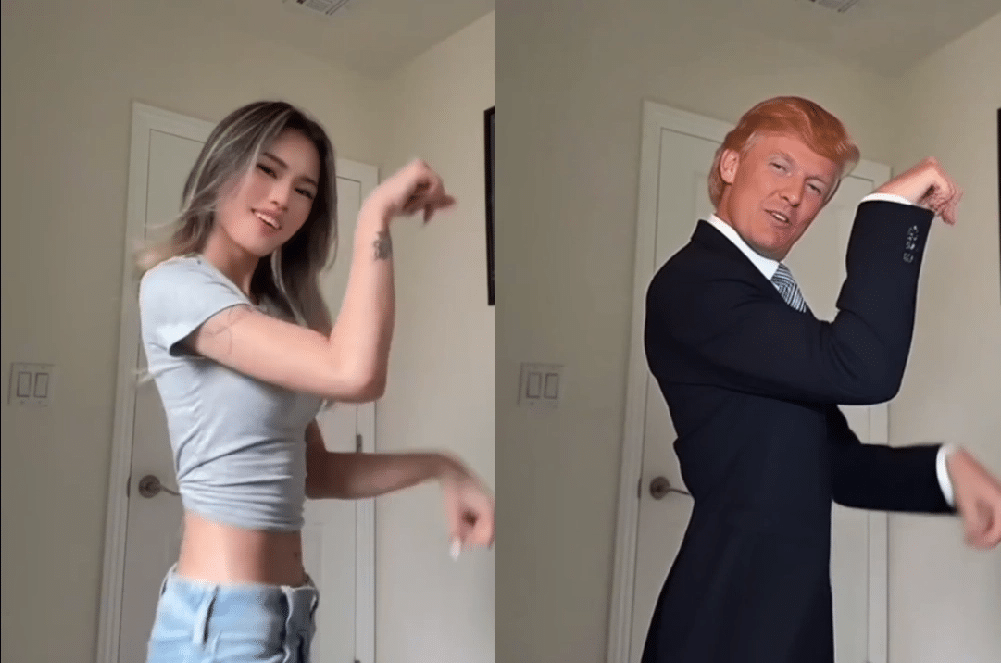Wan (referring to Wan 2.2 or the latest Wan 2.5) is expert in the text-to-video space, particularly praised for its fluid motion and strong presence within the open-source community.
However, the field of AI video generation is evolving at a breakneck pace. For creators looking to go beyond Wan—whether seeking higher resolution, better character consistency, or more advanced editing features—several powerful alternatives are challenging its dominance.
Cinematic & Narrative Generation Tools
These models excel at producing high-fidelity, studio-quality footage, making them ideal for filmmakers, advertisers, and creative storytellers.
1. Google Veo (The Cinematic Benchmark)
Veo, especially in its latest iteration (such as Veo 3), is consistently reviewed as a top-tier performer, often viewed as Wan’s most direct competitor.
- Core Strength: Unparalleled cinematic quality and audio integration. Veo excels at translating complex directorial prompts into visually stunning, high-resolution video (often up to 4K). Its key advantage is the ability to natively generate synchronized audio and dialogue, a feature that significantly reduces post-production work and enhances the realism of the final clip.
- Best Use Case: Crafting polished advertisements, short film prototypes, and scenes requiring emotionally resonant visuals with a high-fidelity soundscape.
- Key Features: Superior camera control, deep understanding of artistic and lighting styles, and integrated audio.
2. Runway (The Creator’s Tool Kit)
Runway is less a single model and more an entire creative ecosystem. With its Gen-3 Alpha model, it remains one of the most comprehensive platforms for professional creators.
- Core Strength: Advanced editing and Visual Effects (VFX) tools. Unlike Wan, which focuses primarily on initial generation, Runway provides robust post-generation capabilities, such as Aleph, which allows users to edit a video after it has been generated (e.g., changing the weather, replacing objects). Its new Act Two feature also enables advanced performance capture, transferring an actor’s movements onto any AI character, with improved full-body tracking.
- Best Use Case: Music videos, complex visual effects, detailed scene manipulation, and for creators who need powerful tools after the initial clip has been rendered.
- Key Features: Gen-3 Alpha model, the Aleph video editing system, and chat-based prompt refinement.
3. 3. APOB AI ReVideo (The Creator’s Influencer Launchpad)
APOB AI is positioned as a creator-first platform, designed for both rapid short-form video creation and detailed, customized long-form narrative prototyping. It is the optimal choice for those looking to leverage influencer marketing through AI-generated personalities.
Core Strength: AI Influencer Prototyping & Advanced Character/Style Control. APOB AI empowers users to quickly launch a consistent AI influencer/KOL (Key Opinion Leader). The platform provides tools specifically for content marketing, allowing users to generate diverse, engaging, and highly controlled original AI videos.
Best Use Case: Influencer marketing campaigns, rapid creation of AI-driven product advertisements, animating static virtual avatars for social media, and customized Image to video AI and Video-to-Video transformations.- Key Capabilities for Content Marketing:
- Face/Character Swap: Seamlessly replace faces or entire characters in both images and videos.
- Image Motion & Audio Integration: Animate a static image according to specified movements and prompts, and integrate custom audio/voice to make the moving characters speak or generate sound effects.
- Visual Realism Enhancements: Tools to add sophisticated cinematic realism, such as mimicking authentic camera movement, panning, and zooming, making the AI video footage appear more authentic and professionally shot.
- Style & Context Control: Functions like outfit/clothing changes within a video to quickly adapt content for different product lines or seasonal campaigns.
- Chat-to-Edit Workflow: Users can edit videos effortlessly using natural language commands (“Chat to Edit”), enabling fast, iterative ad creation (e.g., instructing the AI influencer to hold a specific product and deliver a line).
Alternative Comparison Summary: Wan vs. Competitors
| Model | Primary Advantage | Ideal Use Case | Key Differentiator from Wan |
|---|---|---|---|
| Google Veo | Cinematic Quality and Audio Integration | Short Films, Ads, Commercial Prototypes | Native, high-fidelity audio generation. |
| Runway Gen-3 | Editing and VFX Ecosystem | Music Videos, Heavy Post-Production Projects | Post-generation editing (Aleph) and full-body tracking. |
| APOB AI ReVideo | Character/Actor Replacement (I2V) | Virtual Avatars, Animating Static Character Art | Focuses on replacing a character within an existing video while preserving the scene. |
